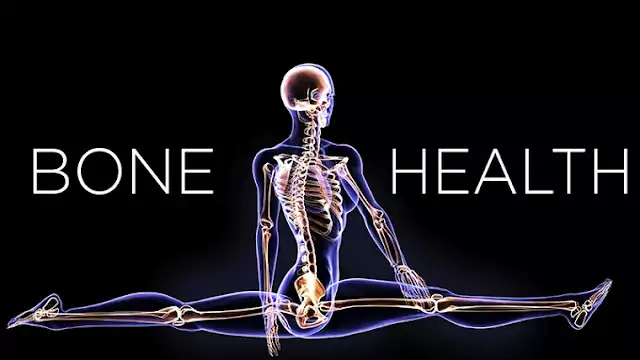A routine visit to the doctor doesn’t reveal anything specific – yet. A comprehensive bone mineral density test or BMD, using a scanner or ultrasound will reveal any serious bone conditions. But while osteoporosis affects more than 28 million people nationwide, with healthy nutrition, exercise, and preventive medical care, there are options for stronger bones.
Women between the ages of 25 and 50 and men between the ages of 25 and 65 need 1,000 milligrams of calcium a day. Men and women over 65 need 1,200 milligrams a day. Since a drop in estrogen equals a drop in the ability for bones to absorb and hold onto nutrients, HRP or hormone replacement therapy is part of treating the body’s age-related tendency to lose calcium.
Not the Usual Calcium Sources
Among the nutritious foods for feeding bone health, there are certain foods and their values not usually considered.
- Soy is listed in nutrition guides as beneficial because they contain phytoestrogens or plant compounds that can mimic the actual hormone. The highest concentrations would be found in the form of tofu, tempeh and soy milk. Soy foods also contain calcium – a half cup of tofu has 258 milligrams – so it does double duty for increasing calcium intake.
- Skim and buttermilk are especially good mineral boosters. Skim or reduced fat buttermilk at 285 milligrams a cup, or regular skim milk at more than 300 milligrams are other dietary options. If three-plus glasses of milk can’t be worked into daily intake, it can be used as the liquid in cooking.
- Nonfat milk powder can be added to baked goods. A half-cup contains about 420 milligrams and doesn’t affect flavor. Non-instant powdered milk over the instant version will up the protein content. Low-fat cheeses like Ricotta, 337 milligrams for a half-cup, also can be folded into many dishes.
- Greens and other leaf vegetable are often overlooked sources. A half-cup of kale has about 47 milligrams and the same amount of broccoli has 36. A half-cup of Popeye’s favorite snack, spinach, delivers 33 percent of the daily value of folate, but its calcium isn’t well-absorbed by the body. It makes up for this with magnesium; calcium and magnesium are best friends.
- Yogurt, like soy, packs a double punch. It contains over one-third more calcium than an equal amount of low-fat milk, 414 milligrams compared to 300 per one cup, and – it contains live bacteria to help digest the milk sugar lactose.
Coffee, chocolate, cola, and salt are among foods that reduce the amount of calcium the body absorbs, and salts will actually cause the body to excrete it. So a good plan would limit the intake of these foods.
Exercise for Strong Bones
Weight-bearing activities use the impact of the body’s weight to the ground as it works against gravity. Running, jogging, dancing, gardening, any activity requiring walking are good examples.
Resistance-training is any form of weight-lifting, and signals an increase in muscle mass, which in turn challenges bone density. Resistance-training classes or a gym that uses equipment that works upper body, hips, legs, and spine could supplement activities of daily life, after a doctor’s okay.
Depending on BMD tests results, resistance-training and any lifting which causes the spine to curve or otherwise stresses the back, should be avoided. Fragile backbones can compress and fracture.
Vitamins and Minerals for Density
Magnesium, phosphorus, zinc, and vitamin D all contribute to absorption. There are supplements available with combinations of these to choose from. There are conflicting opinions as to whether calcium carbonate, or antacids, are a good supplement choice because of absorption potential. When making a decision about using it as a supplement, consult a medical professional.
What Not to Take – You can overdo the supplements. In many cases, there are toxic consequences. But ingest more than 500 milligrams of calcium at a time, and the body can’t absorb it. Buy a lower dose supplement, or divide the tablet and take it twice a day. And when it comes to taking supplements, avoid combining iron with any calcium-rich foods or supplements because they compete for the same receptor sites on cells.
“The Sun Did It”– Yes, sunlight and calcium have a natural bond. Even when fortifying the diet with the other nutrients, without vitamin D, very little dietary calcium could be absorbed. And skin can produce nearly a full minimum daily value of vitamin D by being outside for minutes everyday, with only the hands and face exposed! The daily value for vitamin D is from 400 to up to 1,000 international units. In a pinch, drinking fortified milk will also provide the minimum daily value of vitamin D, another healthy food choice multi-tasker.
